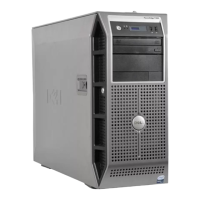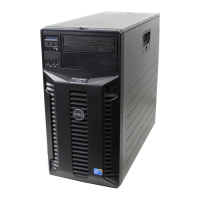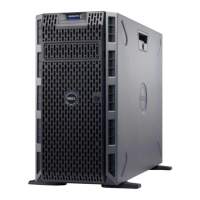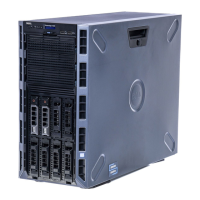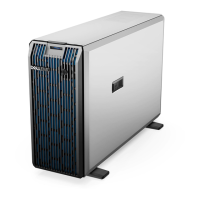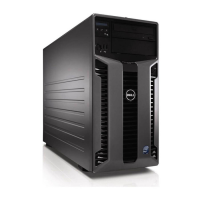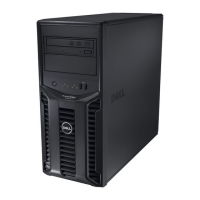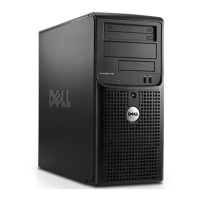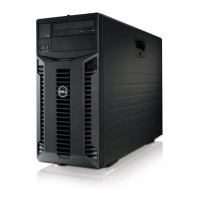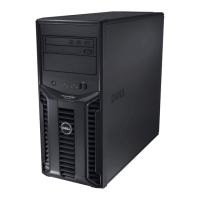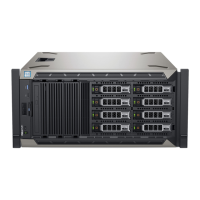Expansion cards
An expansion card in the system is an add-on card that can be inserted into an expansion slot on the system board or riser card to add
enhanced functionality to the system through the expansion bus.
Expansion card installation guidelines
Table 37. PCI Express Generation 3 expansion cards supported
Expansion card type PCIe Slot Processor Connection Height Length Link Width Slot Width
PCIe 1 Processor Full height Half length x16 x16
PCI 2 PCIe and PCI Bridge Full height Half length - 32/33
PCIe 3 Platform Controller Hub
(PCH)
Full height Half length x4 x4
PCIe 4 Platform Controller Hub
(PCH)
Full height Half length x4 x16
NOTE: All the PCIe slots support Generation 2 and 3 PCIe expansion cards.
NOTE: The expansion cards are not hot-swappable.
NOTE: The power consumption of the PCIe expansion cards is less than 25 W.
Removing an expansion card
Prerequisites
CAUTION
: Many repairs may only be done by a certified service technician. You should only perform troubleshooting and simple
repairs as authorized in your product documentation, or as directed by the online or telephone service and support team.
Damage due to servicing that is not authorized by Dell is not covered by your warranty. Read and follow the safety instructions
that are shipped with your product.
1 Follow the safety guidelines listed in the Safety instructions section.
2 Follow the procedure listed in the Before working inside your system section.
3 Disconnect all the cables from the expansion card.
Steps
1 Press and push out the expansion card release latch.
2 Holding the card by its edge, pull the card to disengage it from the connector and lift the card out of the chassis.
3 If you are removing the card permanently, install an expansion card filler in the empty card slot.
The steps for installing or removing an expansion card filler are similar to installing or removing an expansion card.
NOTE
: You must install an expansion card filler bracket over an empty expansion slot to maintain Federal
Communications Commission (FCC) certification of the system. The brackets also keep dust and dirt out of the system
and aid in proper cooling and airflow inside the system.
4 Push the expansion card latch toward the system until it clicks into place.
76
Installing and removing system components
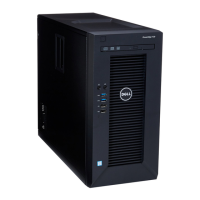
